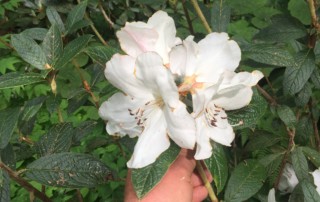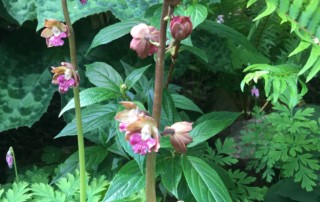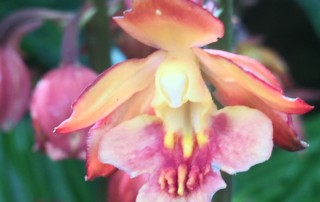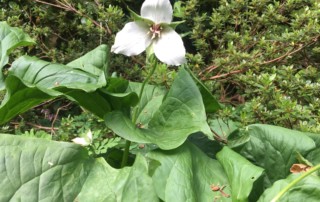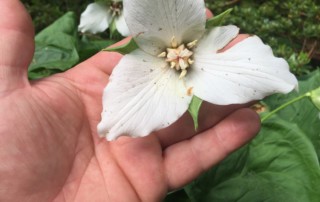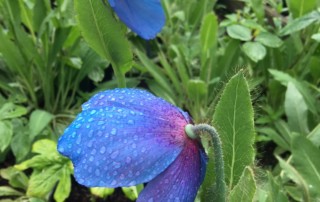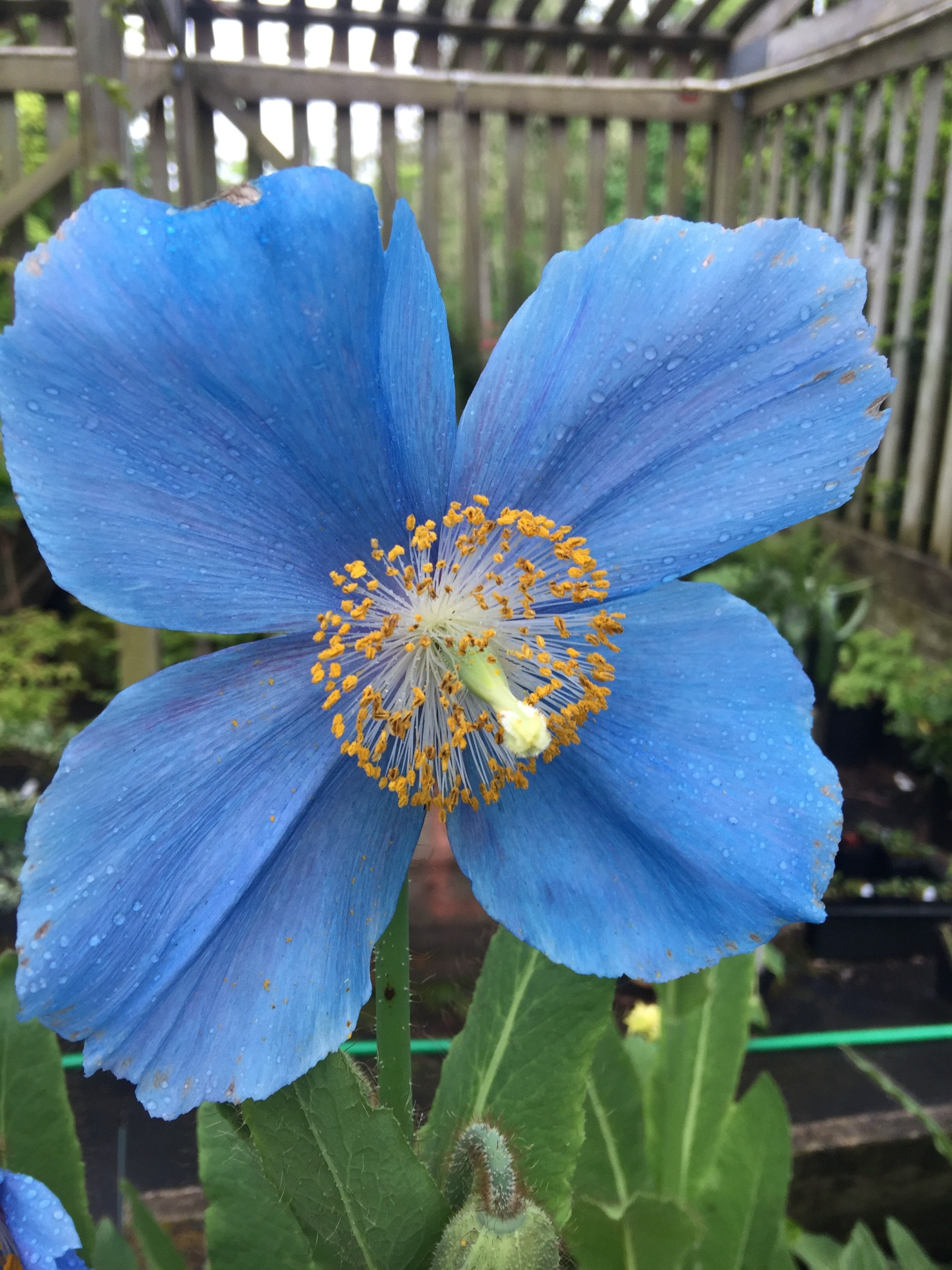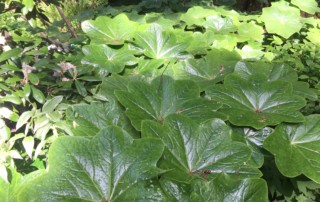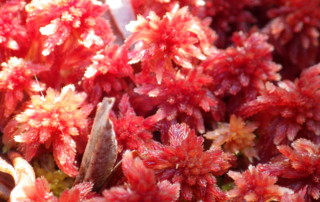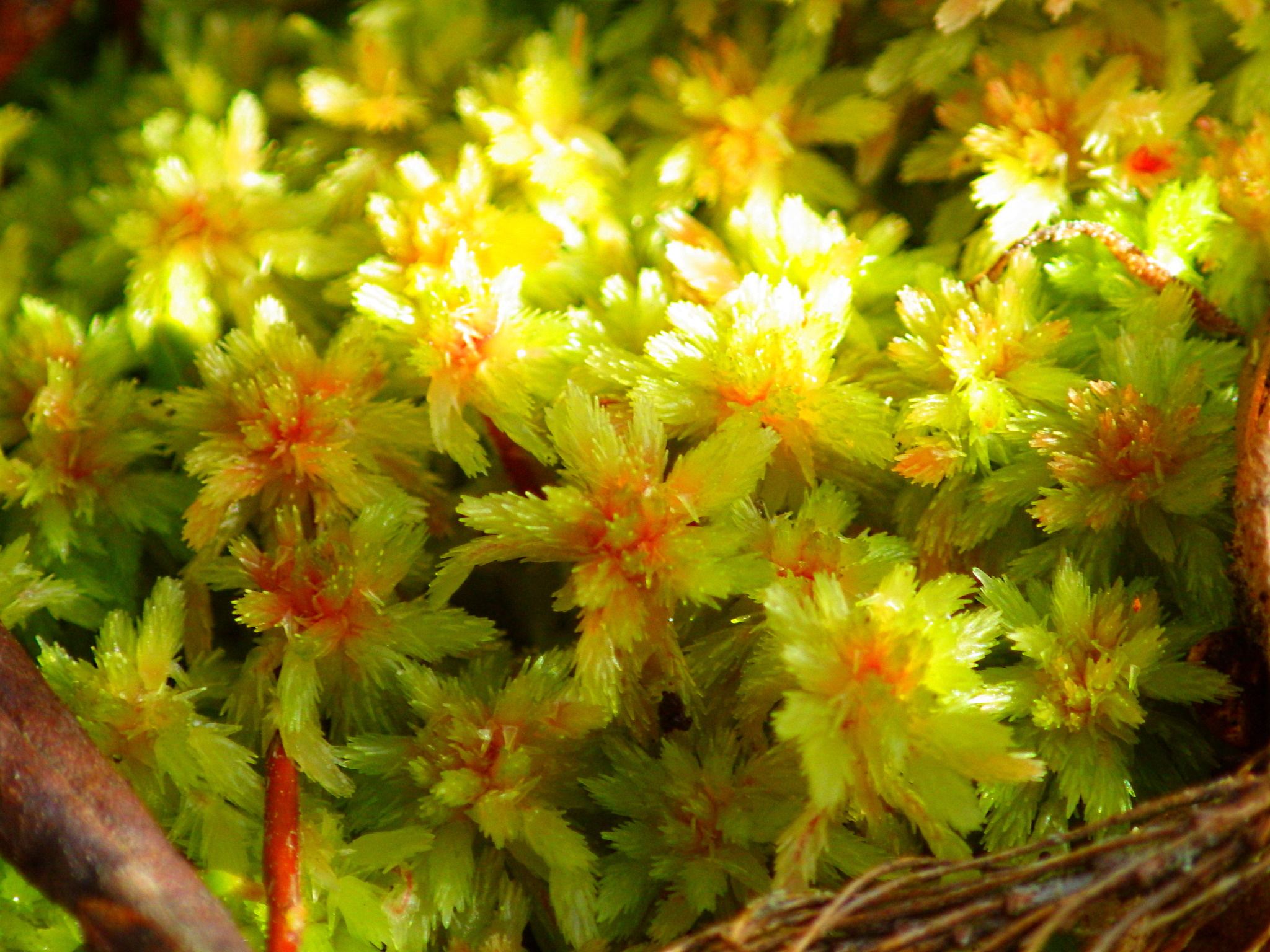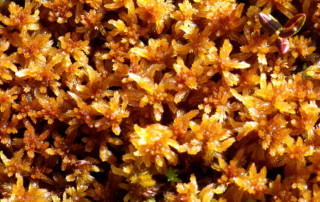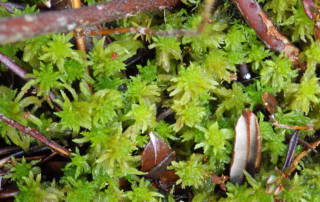From Our Backyard to Yours
5/17/2020 — Welcome to this week’s “virtual visit” to Bloedel Reserve.
Horticulture & Design: What’s In Bloom
The blooming plants around Bloedel Reserve are as varied as they are eye-catching. Director of Grounds & Horticulture Andy Navage has captured some of the spring show-offs for all of us to enjoy.
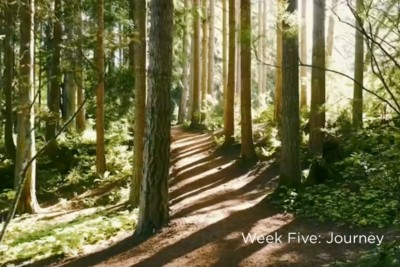 Nature & Well-Being:
Nature & Well-Being:
Strolls at Home Week 5
This week’s theme is Journey. Journeys come in all lengths — minutes, days, weeks — and types — physical, spiritual, emotional. Even in the face of our current COVID-19 restrictions, journeying through nature toward well-being is still possible.
Conservation & Stewardship: More About Moss
Moss Garden Specialist Darren Strenge is cultivating a moss species that currently doesn’t live in the Bloedel Reserve Moss Garden. Read more about the Sphagnum Moss project. And see how Sphagnum Moss is being grown at the Bloedel greenhouse.
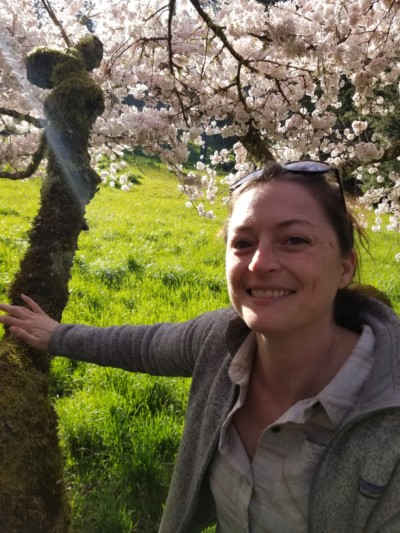
Bloedel Reserve Grounds & Horticulture Associate Hayley Wiggins
Behind the Scenes: Meet Haley Wiggins
From time to time, we’ll introduce you to the people who keep Bloedel Reserve thriving. Here Grounds & Horticulture Associate Haley describes what it takes to become a Certified Professional Horticulturist.
————————————————-
One of the many great things about being a gardener at Bloedel Reserve is the support offered for professional growth and development. We are lucky to be given time and resources to expand our horticultural skills and knowledge. I’ve taken advantage of this by studying to become a Washington State Certified Professional Horticulturist (CPH), a certification held by senior gardeners at the Reserve.
To become a CPH, I will have to pass a three-part exam. The first section requires test-takers to identify 40 ornamental plants commonly used in Washington gardens by both their common and scientific (Latin) names. Test-takers must also be able to provide additional information for a subset of 8 species, including their plant family, exposure, bloom color and timing, and height. The 40 plants are selected by exam administrators from a list of more than 250 species, which means that to be fully prepared for this exam section, I’ll need to know each of those 250 species by sight and common and Latin name, as well as by their physical traits and growing conditions.
To study for the plant identification portion of the test, I have spent hours at nurseries on both sides of the Puget Sound, including visits to nurseries in Poulsbo and Ballard — that is, until COVID-19 restrictions hit and nonessential businesses in the state were shut down. I’ve also been doing internet research and referring to the Sunset Western Gardens manual, compiling all the information and my own sketches into a personalized study guide. Because I haven’t been able to visit more nurseries to improve my identification skills, I have enjoyed walking around nearby neighborhoods and identifying all the plants in landscaping and yards that I can. I’ve also been able to take more time to draw each species, producing sketches that are more representative and useful for identification.
————————————————-
When we say Bloedel Reserve has a team of horticultural experts, we aren’t kidding. We’ll keep you posted on Haley’s journey toward this very demanding and impressive goal.
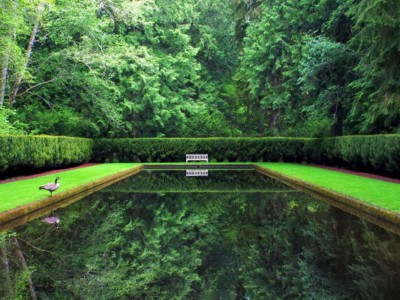 Missed a Week? Want to See More?
Missed a Week? Want to See More?
Click the links below to see previous week’s Backyard pages:
Ask Us
Is there something about Bloedel Reserve you’d like us to highlight here? Some burning question you’ve always wanted to ask our horticultural team? Let us know. Send us an email at info@bloedelreserve.org.
SIGN UP FOR OUR ENEWSLETTER
Stay up to date on all of the events and activities taking place at Bloedel Reserve.


